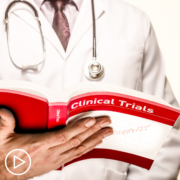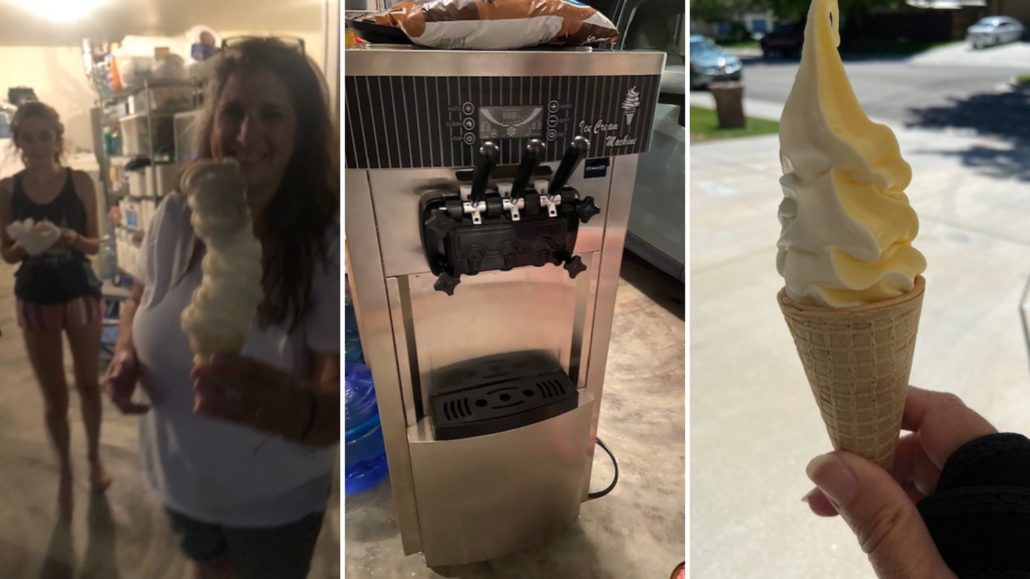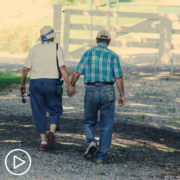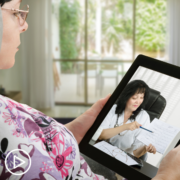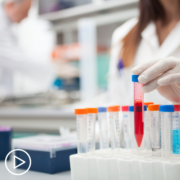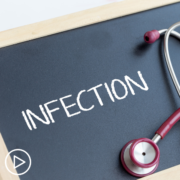Bruce Jackson is a multiple myeloma patient who recently found Patient Empowerment Network (PEN) as a resource for his cancer journey. This is the first of a two-part series in which he shares his story from diagnosis to living his life with cancer.
“You can do nothing, or you can do something…maybe it is simply advocating for yourself or advocating on behalf of someone else.”
I guess I haven’t thought of my cancer experience as a story, and yet, that is exactly what it is: a story about a new phase in my life. I have multiple myeloma. More specifically, it is a t(4-14) translocation wherein the 4th and 14th chromosome pairs, instead of minding their own respective business, decided to share their genetic information, and that sharing process is at the basis of the disease. I don’t know if researchers yet know the cause of these translocations; some say that they result from a virus, but I know very little more than that. My 4-14 translocation is deemed a moderately aggressive cancer, but there are other much more aggressive translocations which are functionally a one-year death sentence.
I was diagnosed in May 2009. I was 53 at the time and am now 64. In my case, I was seeing my primary care physician (PCP) every six months for treatment of high cholesterol. She was treating me with a statin drug, and she insisted on doing blood work every six months. The blood work revealed an elevated total protein level, and my PCP suspected cancer, so she sent me to an oncologist who confirmed the diagnosis of smoldering myeloma.
I think there are a couple of points to be made here. One, because of the blood panels every six months, my cancer was caught early. Two, while a smoldering myeloma diagnosis may seem relatively benign, it is not. The question is, when does it morph into something else, into what does it morph, and what do you do in the meantime?
For me, this meant tracking the disease through occasional (every six months) to more frequent (every three months) blood tests to track my M protein value, which is a pretty highly correlated indicator of what is happening in the bone marrow. On a lesser frequency, I would have a bone marrow biopsy, just to see whether what was happening in my blood stream still continued to correlate with what was happening in my bone marrow. When my M protein value was around 0.8, I started to see an oncologist regarding what was initially diagnosed as monoclonal gammopathy of otherwise unspecified origin (MGUS). Then in October 2014, my oncologist was citing M protein values of 3.6, but with no other symptomatic phenomena to address, except that an MRI had shown some very small unidentifiable spots on a few of my ribs and on my sternum. The MRI report suggested that I have a re-do in six months, and that is what happened, except I was now in the hands of a myeloma specialist, and she suggested that we re-test using a CT Scan. The scan revealed growth in the spots, enough so that we were now using the term “lesions”, which was the tipping point to starting treatment.
I started my treatment program as a part of a Dana Farber Cancer Institute study, which required a prescribed regimen of Velkade (a subcutaneous injection), coupled with Revlimid (Thalidomide derivative and sister drug to Pomalyst), and Dexamethasone (a common oral steroid, which generates a synergistic effect that aids in combatting the cancer). In my first cycle, the treatment knocked my M protein value down to less than 1.0. However, in the second round, the treatment induced some unplanned side effects, all at the same time. I experienced blood clots in my lower legs, an obstruction in my digestive tract, pulmonary emboli in my lungs, a half-collapsed lung, a respiratory infection, and a massive headache. This earned me a 10-day stint in the hospital, a paranoid reaction to one of the drugs that I was given, and removal from the Dana Farber study.
Unfortunately, the respiratory infection would not go away, and only six weeks later, it was determined that I needed to have a procedure done, wherein the surgeon puts three holes through my rib cage and inside my pleural cavity with the goal of removing scar tissue from the surface of my right lung so that the medication could reach and eliminate the infection. The procedure earned me 12 more days in the hospital.
The good news is I made it through both events, and I am here to share about it!
It was determined that the Dana Farber dosage was too much for my system, so the solution was to cut the dosage back to about two thirds, and then administer more rounds. My rounds of chemo ultimately led to a stem cell transplant in September 2015. The stem cell transplant was a 21-day hospital stint (which is a typical duration), but as can happen, things didn’t automatically jump-start as expected. After my transplant, everything was jump-starting except my platelets. Fortunately, it seems there is always an alternate plan of attack, and the hematologists were able to prescribe a three-day dose of medication that on day three bumped my platelet count from two to four, and I was on my way. Plan B worked, and I’m glad we did not have to go to Plan C, because I don’t know if there was a Plan C. There were other hiccups along the way. I started having blood clots in my lower legs again, and developed pre-ventricular contractions (PVCs), which feel like a skipped beat, but are actually extra beats, and amount to an arrhythmia of the heart.
After my stem cell transplant, I was given a prognosis of four to eight years, and I was only in partial remission. Once sufficiently recuperated, I had to take Velkade as chemo maintenance. However, because of the subsequent neuropathy, and associated deep venous thrombosis (DVT) in my lower legs, the decision after about two years was to switch to Revlimid. However, the truth of the matter is, your M protein does not stop increasing with the chemo maintenance. It simply increases at a slower rate, and if the drug stops working, problems arise. In my case, the Revlimid worked for another two years, but then things started to happen in 2020.
When the medication stops working, the problems that arise are one of two things: either the rate at which the M protein increases starts to accelerate, or your immune system loses the ability to adequately recover during the seven-day rest period. Your neutrophil (white blood cells) count drops due to the chemo, but if the counts do not climb back up, that means you have to take more days to recover, lower the chemo dosage, or get a booster shot to bump your neutrophils. Any of these options would, of course, allow the cancer to progress at a faster rate. In my case, the neutrophils were dropping and my M protein was climbing, which in essence means the chemo drug was no longer effectively slowing the progression of the disease. It was time to switch to another treatment.
I was given the option to investigate my choices, but because of the myriad options available, that turned into a whole bunch of, “I don’t know”. I finally settled on Daratumumab, Pomalyst and Dexamethasone, with Dara being subcutaneously injected (like Velkade was). Pomalyst is an oral Thalidomide-based sister drug of Revlimid, and Dex is well, Dex. Given that I am only just starting a third post-transplant treatment, I think I am doing well, especially if you consider that I am mid-way through my 12th year post-diagnosis and I am more than five years post-transplant that had an original prognosis of four to eight years.
When you consider where I have been, five years is good so far. I have not had any bones break, my cancer was caught early thanks to a competent PCP, I have only a moderately aggressive translocation, which is much better than more highly aggressive versions, which could have buried me in short order. But what bothers me most, regardless of all the other things that have happened during this experience, is the uncertainty of it all. I feel like I am always waiting for the other shoe to drop.
Learn the rest of Bruce’s story in part two of the two-part series in which he shares his story from diagnosis to living his life with cancer.
Read more patient stories here.
Jennifer Lessinger is a professional writer and editor who learned the value of patient empowerment during her struggle with a hard-to-diagnose and complex endocrine disorder.


